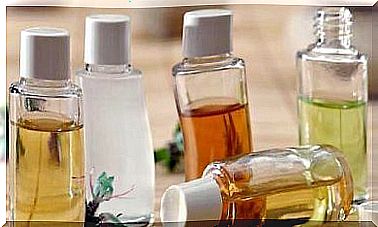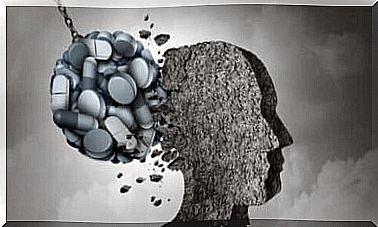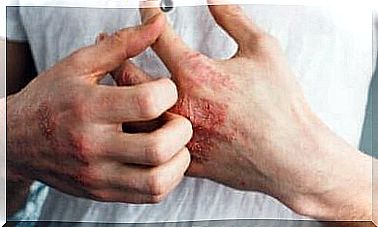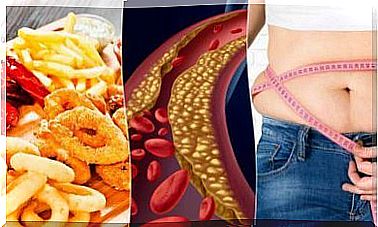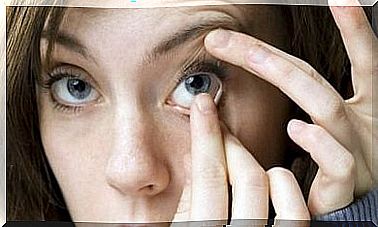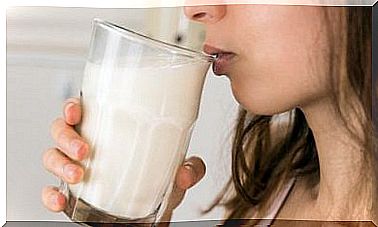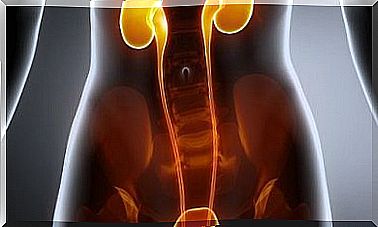Properties, Contraindications And Uses Of Crimson Berry
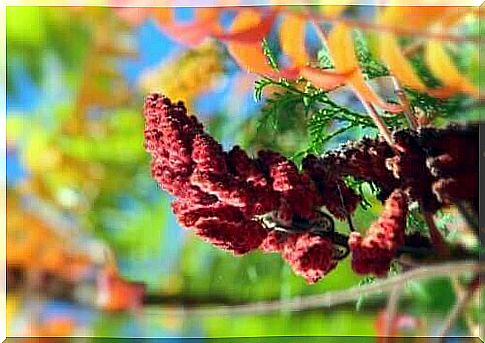
Today we are going to talk about properties, contraindications and the use of crimson berry. The crimson berry, known in English as pokeweed (Phytolacca americana), is a herbaceous plant found in various parts of North America, South America, Europe and Asia.
It is also known as ‘American blackberry herb’ and is used for medicinal and culinary purposes. Despite this, specialists have determined that some parts of the shrub contain poisonous components, which are eliminated only through a rigorous cooking process.
We should therefore use it with caution and consider the possible side effects in advance. If you want to learn more about it, just keep reading!
The properties of the crimson berry
According to historical records, crimson berry was the basis of remedies used by Native Americans to promote vomiting, purify the body and combat the symptoms of rheumatism. To this day, a number of cultures use it for these conditions.
Apparently its popularity dates back to a book called King’s American Dispensary , written in the late 1800s, which talks about the plant’s potential to treat skin diseases and joint pain. However, the evidence is currently quite limited. What do we really know about it?
Ingredients of crimson berry
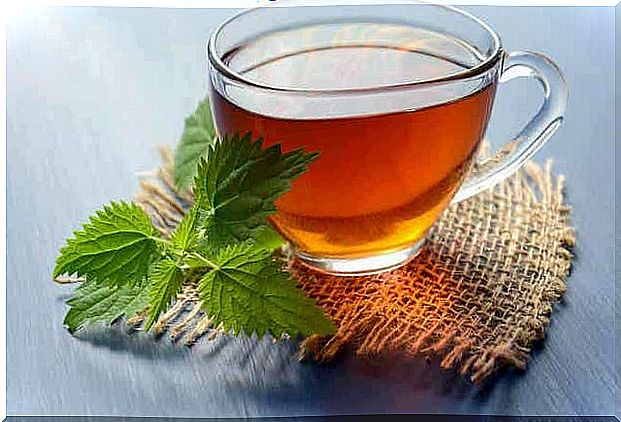
These types of infusions are good for health. Sources such as ‘Germplasm Resources Information Network’ and Chinese herbal medicine ‘ Materia medica ‘ (link) state that crimson has a wide variety of chemical constituents with pharmacological potential. The most prominent components are the following:
- Phytolaccoside A, B, C, D, E, F, G
- Phytolaccagenin
- Jaligonic acid, phytolaccagenic acid and oleanolic acid.
- Triterpene alcohols: α-spinasterol, α-spinasterol-β-D-glycoside, 6-palmitoyl-Δ7-stigmasterol-Δ-D-glycoside, 6-palmytytyl-spinasteryl-
- 6-D-glycoside.
- astragaline
- Lectins
- Tannins
- Starch
- PAP-R protein
Now, certain people have claimed a wide variety of health properties, but there are no reliable clinical studies evaluating its effectiveness. In any case, some claim that it has an antirheumatic, antitumor, anti-inflammatory, analgesic and emetic effect.
Potential Benefits and Uses of Crimson Berry
Despite information about the toxicity of crimson berry, a number of cultures continue to advocate its use as an adjuvant against diseases such as tonsillitis, laryngitis, acne, scabies, a number of types of tumors and AIDS. However, is there any scientific evidence for this?
For now , the plant has shown some medicinal benefits in laboratory and animal studies. However, studies on the effects on humans are lacking. It is also believed that the Pokeweed Antiviral Proteined (PAP) is responsible for many of its properties. However, there is no complete certainty.
1. Oral Diseases
Scientists have been investigating Phytolacca americana extracts as possible supplements to prevent dental disease. In particular, a lab study in BMC Complementary Medicine and Therapies found that the plant contains antibacterial components that help support oral health.
In particular, it inhibits important enzymes in bacteria such as Porphyromonas gingivalis and Streptococcus mutans, which are responsible for inflammatory periodontal disease and dental caries. However, scientists need more evidence.
2. Tonsillitis
A wide variety of homeopathic remedies to soothe the symptoms of tonsillitis contain traces of crimson berry. A number of people believe that when combined with other natural ingredients, it lubricates the lining of the throat and reduces pain and inflammation. However, no clinical studies have been done to prove this.
3. Skin conditions
Undoubtedly, one of the main uses of crimson berry has to do with skin conditions. In folk medicine , people use it as an ally against psoriasis, eczema and neck complaints caused by the bacteria that causes tuberculosis.
Its anti-inflammatory properties are said to be responsible for reducing swelling and pain in these conditions. Paradoxically, however, direct contact with the plant’s root, stem or leaves can cause blistering.
The effects are similar to those of poison ivy. You should therefore use crimson berry with caution. However, studies on this subject are rather meager and outdated.
4. Cancer Tumors and AIDS
Neither crimson berry nor other herbal supplements can cure chronic conditions such as cancer or HIV/AIDS. Despite popular claims about its benefits and the conclusions of a number of clinical studies, you should not use it as a treatment for these diseases.
At present, there is evidence to suggest that extracts from the plant hold promise for developing future drugs to support the treatment of these conditions.
For example, a study reported in Phytotherapy Research found that Phytolacca americana extracts can work against colon cancer cells by altering gene expression.
In addition, the journal Toxins reported that PAP, present in crimson, has the potential to become an immunotoxin. In other words, it could stimulate the activity of immune cells to respond to the presence of tumors or cells.
5. Other unproven uses of crimson berry
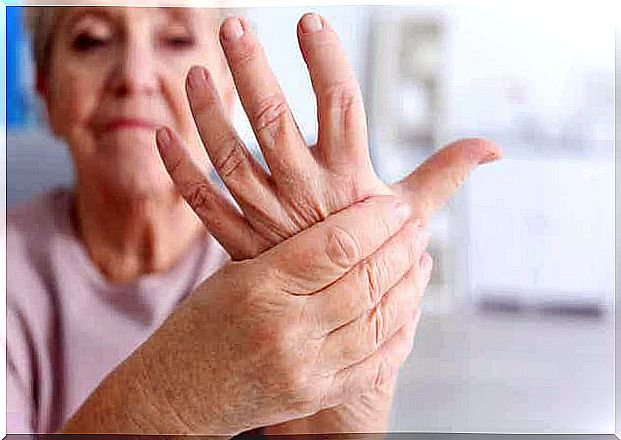
Many of the medicinal uses of crimson berry stem from anecdotal data. That is, there are no studies showing that it has any degree of effectiveness. We also do not know how to safely administer the extracts or supplements. What are the uses of crimson berry? Take a look at the following row:
- Rheumatoid arthritis
- Bone pain from syphilis
- Gastrointestinal Disorders
- Infections
- Mastitis
- Fibroids
- Acne
- goiter
Risks and Contraindications
All parts of the crimson are considered poisonous. The berries are the most poisonous, especially if they are green. In particular, they focus on a compound called ‘phytolacin’ that irritates the digestive system in both humans and animals. Their consumption can cause the following adverse effects:
- Cramps and abdominal cramps.
- Burning sensation in the mouth, throat and esophagus.
- Diarrhea and vomiting.
- Breathing difficulties.
- Dizziness or light-headedness.
- Headache.
- Cardiac arrhythmias.
If the plant comes into contact with damaged skin, it will cause similar symptoms. Direct contact with Phytolacca americana causes contact dermatitis in a number of people. In severe cases, poisoning with the plant leads to the following complications:
- convulsions.
- Diarrhea and vomiting blood.
- respiratory paralysis.
- Death (rare cases).
Many herbal stores sell supplements and health food products that contain the crimson berry. However, the US Food and Drug Administration has not approved its use or evaluated its safety.
The FDA also warns of potential interactions with drugs such as anticoagulants, antihypertensive drugs, and diuretics. It is not recommended for pregnant women, children or people with special health conditions.
Presentations and dosages of the crimson berry
There are no defined guidelines for the safe use of crimson and its derivatives. As a general rule, you should avoid any contact with and ingestion of the fresh plant. Supplements in the form of tinctures, extracts, capsules, oils and ointments are therefore distributed.
If you decide to purchase these, it is important to keep in mind that they are not regulated by the FDA. Manufacturers usually list a recommended dosage on the product packaging. This suggested dose should never be exceeded.
What should I remember about this plant?
The use of crimson berry is used in traditional medicine as an aid to improve the symptomatology of a number of diseases. Today, however, due to the content of toxic substances, there are warnings about the risks of its use.
There is no concrete evidence to demonstrate its efficacy as a medicinal agent. It should therefore not replace medical treatment. Pregnant women, children and people with serious illness should avoid its use.
